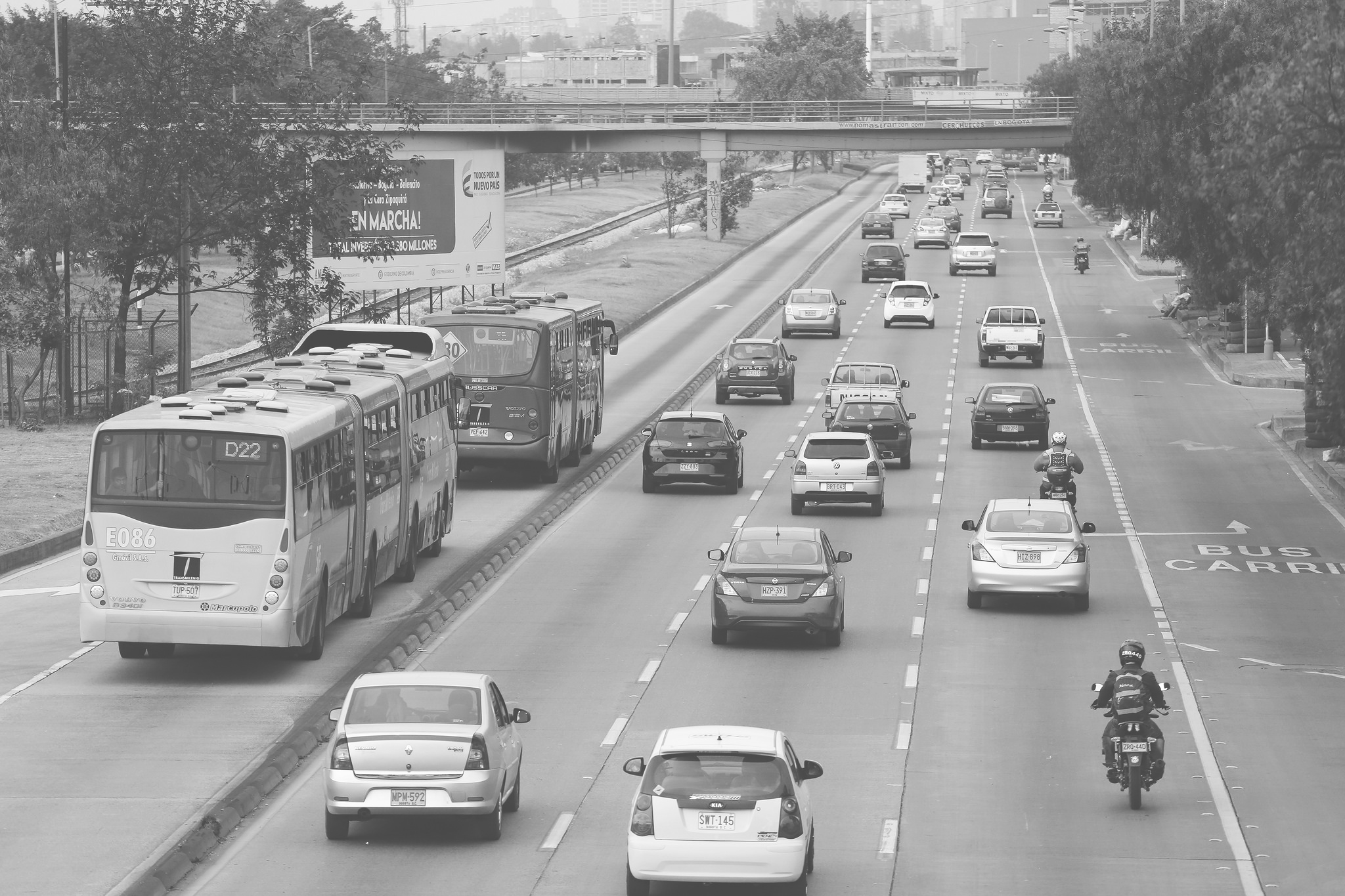Promoting mobility and walkability through planning and financing strategies

Promoting mobility and walkability through planning and financing strategies

WRI Brasil explains six simple road design changes that can significantly improve road safety. These changes put people – not vehicles – at the center of design to reduce speeds, demand more awareness from drivers and create more opportunities for safe crossings. They can even help make cities greener.
Click here for the video.
Each day, a quarter million people around the world rely on diesel-fueled buses to reach their destinations. For decades, these buses have been the backbone of public transit fleets in cities. But they come at a high price for our planet. Diesel-fueled buses emit harmful exhaust that deteriorates air quality, are a significant source of noise pollution, and generate heat-trapping greenhouse gases. Cities are turning to electric buses to decrease environmental impact while providing better service and reducing costs in the long term.
This TOD Guide for Urban Communities shares the best practice guidelines in transit oriented development around the world. This publication summarizes 28 concrete design recommendations for transit oriented development. It also identifies seven steps that developers and authorities should follow in transit oriented development. The target audiences are real estate developers, public sector decision makers, researchers, and citizens searching for quality-of-life improvement.
The “Safe System” approach requires a shift in responsibility from the people using roads to the people designing them. It is a systemic approach that integrates core management elements and action areas to create a safe mobility system. This report describes the components of the approach and presents evidence on its life-saving impact.
Download the report here.
The Safe Access Manual offers recommendations to develop safe access to mass transit stations in Indian cities. An investment of 15 billion USD has already been made across various cities to develop mass transit infrastructure such as metro rail and bus rapid transit. Improving access to mass transit in India can serve multiple objectives—provide safe, affordable and sustainable commuting options, create vibrant public spaces and serve its communities’ needs.
China’s cities face significant challenges in financing the growth of urban transit infrastructure. The current practice of financing urban metro or subway projects through municipal fiscal revenues (partly from land concession fees) and government-backed bank loans is not only inadequate to meet the demand, but also exacerbates deep-seated problems. In a variety of approaches that aim to alleviate the financing problems of local governments, Rail plus Property (R+P) development offers a promising solution.
Cycling is already an important part of daily life many of Brazil’s urban residents. To grow the country’s cycling culture as well as provide better conditions for users, EMBARQ Brazil developed this “Manual of Projects and Programs for Encouraging Cycling in Communities” in partnership with the Institute of Architects of Brazil (IAB – RJ). The manual gathers successful experiences in the field of urban mobility and sustainable transport and brings together these examples into concrete lessons to create a technical guide for future urban cycling projects.
Transit-oriented development (TOD)—a planning strategy focused on building compact, mixed-use neighborhoods with access to high-quality public transport and mobility options—is key to sustainable urbanization. However, TOD can be exclusive in its design and implementation, leading to the displacement of low-income residents and the gentrification of neighborhoods.